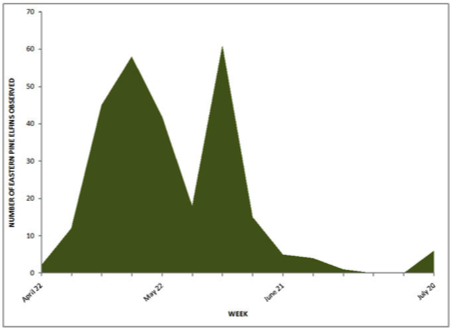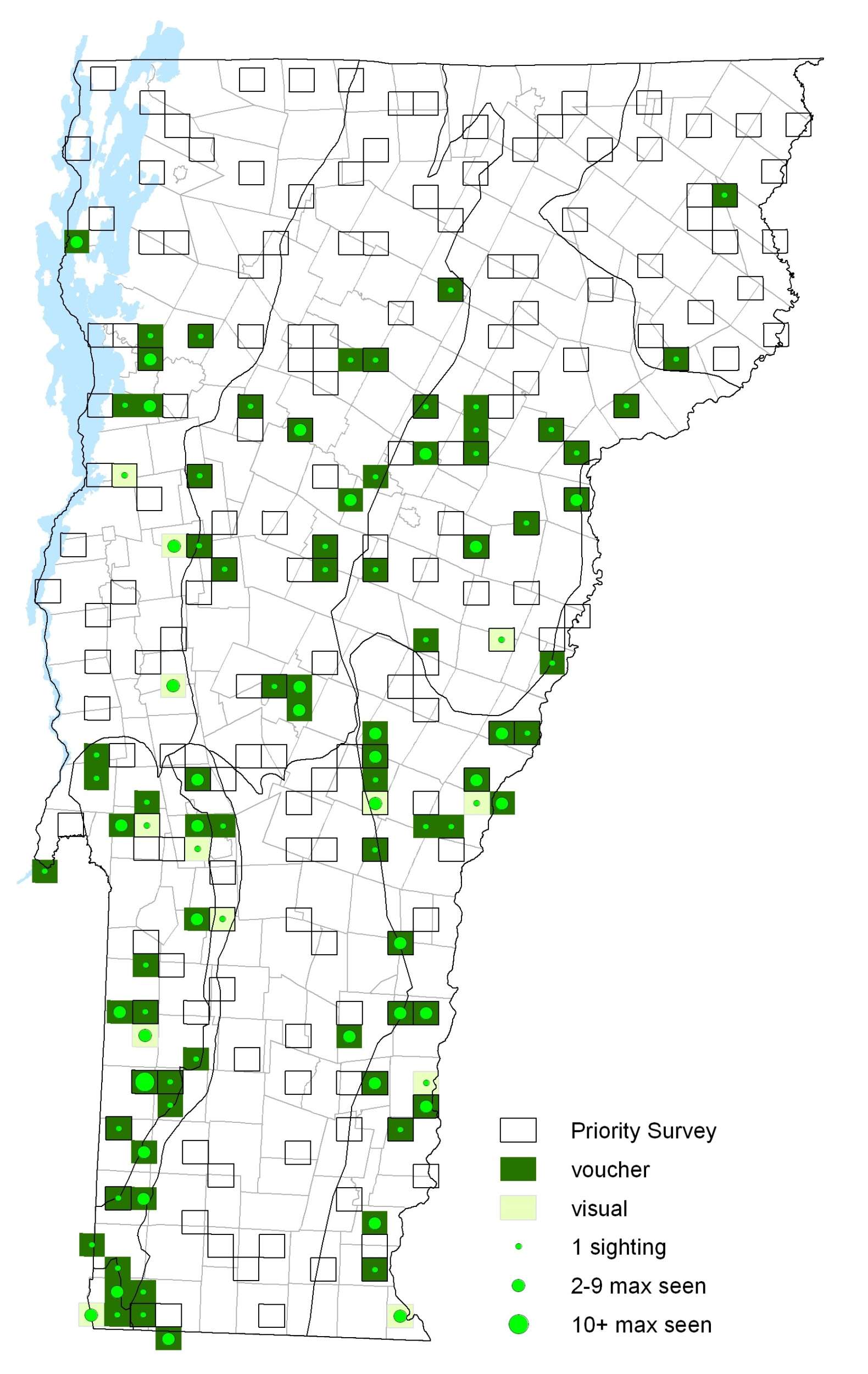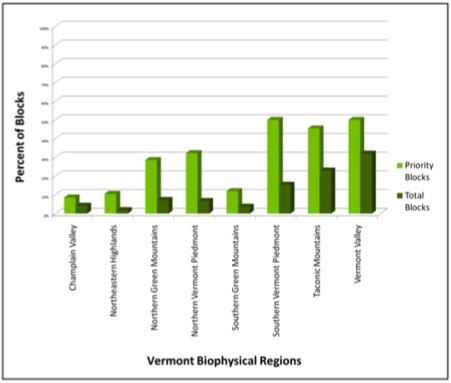|
Resident Conservation Status North American Range |
One of just a few butterflies in our area to use conifers as a larval food source, this species is one of the earlier butterflies to emerge in the spring. They are not rapid fliers and when perched or basking often rub their hindwings together. Males perch on tops of pine trees in full sun to find receptive females, most active during the afternoon. Both sexes often angle their wings perpendicular to the sun while basking. Eggs are laid singly on new needles of young conifer trees; caterpillars feed on needles. Pupae overwinter.
Identification
Tailless. Upperside dark brown; female with dark borders. Underside banded with dark brown; hindwing with submarginal gray band outside row of black crescents.
Flight
Appears earlier in the spring and flies through July. Extreme dates: 22 April 2005 in Pownal (K. Hemeon), 28 April 2003 in Pomfret (K.P. McFarland), and 20 July 2005 in Grafton (B. Eldredge).
Distribution and Habitat
Found across most of Vermont during VBS, but appeared to be absent from higher elevations in the mountains as well as the Northeastern Highland region.
Found in habitats with hostplants including forests, forest openings and edges, fields, and roadsides. Scott (1986) listed all three native Vermont pines (Pitch, Red, and White) among larval hostplants. Adults nectar from many different flowers such as blueberry (Vaccinium), cinquefoil (Potentilla), and milkweeds (Asclepias).







